Nail polish may just be the cosmetics industry’s number one gender-stereotype disruptor…
By Adriana Ermter
Gender structure may still be hung up on who wears what, from lipstick to eyeshadow, but we can happily wave a well-manicured middle finger at its resistance. Literally. An equal opportunist, according to author Suzanne E. Shapiro’s book Nails: The Story of the Modern Manicure, nail polish has been appreciated and adorned by all since 3200 BCE, when Babylonian men would stain their fingernails with kohl and henna before heading into war. Factor in today’s little glass bottles filled with rainbow hues bearing cheeky names such as OPI’s “I’m Not Really a Waitress” burgundy red, BleachBlack’s “Dickweed” beetle green and Essie’s “The Girls Are Out” bold pink, and nail polish has deservedly earned the cosmetics industry’s title as gender disruptor.
“Nail colour has and always will be for everyone,” affirms Cindy Lai, senior brand manager for OPI in Calabasas, California. “This means, no matter your ethnicity, gender identity or life experiences, everyone should be able to tell their story and express who they are unapologetically through colour.”
A polished evolution
These expressions of self-identity have evolved over centuries. According to Nails magazine, history experts claim the Babylonian warriors not only tinted their nails, they also used colour to distinguish each man’s social status: green kohl for lower class and black for higher social standing. In 1365 BCE, the then 15-year-old Egyptian Queen Nefertiti is said to have favoured painting her fingernails and toenails red. Cleopatra, who reigned in Egypt from 51 to 30 BCE, is believed to have stained hers a rusty gold with juice from henna plants, while in mid-1700s France, Madame du Barry, a courtesan and King Louis XV’s last mistress, is rumoured to have opted for a beeswax-based pale rose to match the king’s manicure.
The early 1900s brought America its first clear nail lacquer (created by Cutex founder Northam Warren in 1916), which, according to Nail Pro magazine, had both men and women swiping regularly. It was soon followed by an equally popular, gender-fluid rose tinted polish in 1917.
“With nail lacquer, there are no rules,” explains Lai, “which makes it appealing for everyone.”
Polish’s overarching appeal
Today, nail polish clearly retains its overall appeal and star appeal. Marilyn Monroe’s preference for red and coral manicures turned Revlon’s “Cherries a la Mode” and “Hot Coral” into must-have items during the ’50s and beyond (in 1999, luxury auction house Christie’s sold the starlet’s beauty case – containing the two polishes, among other items – for US$200,000 to an anonymous buyer). Diana Ross’s long red nails were coveted in the ’60s and, according to Orly, its nail brand founder Jeff Pink started the craze for white-tipped French manicures in 1975. But it’s not just popular among women: from the ’70s onwards, men’s nail polish use has been commonplace, especially with celebrities.
During his Ziggy Stardust days, David Bowie wore glowing teal nails, while Aerosmith’s Steven Tyler was stylish in black and white stripes. Members of the band KISS, along with ’80s pop rocker Billy Idol, were seen to favour well-manicured black tips. Kurt Cobain’s chipped red polish and Dennis Rodman’s metallic blue nails helped define the ’90s, while Johnny Depp’s cobalt and Seal’s green fingernails became overnight fashion statements in the aughts.
“More men [have worn and] wear polish than you think!” says Erica Nieuwenhuis, chief executive officer for Bio Sculpture Canada Inc. in Burlington, Ontario. “We just notice what artists are doing more because it is reported on.”
Nailing the headlines
Stories about UK singer-songwriter-actor Harry Styles’ and Puerto Rican rapper Bad Bunny’s preference for black manicures continue to make headlines. Last year, Vogue magazine heralded Canadian singer Shawn Mendes and singer Anderson .Paak for sporting matte navy blue and black-and-white manicures, respectively, at the 2022 Met Gala in New York City. Additionally, the style bible has favourably shared paparazzi snaps of Jared Leto in multi-shades of yellow, orange, pink and purple; Brad Pitt in varying blue, black and burgundy hues; Brooklyn Beckham in classic red; Troye Sivan in baby blue; and Joe Jonas in a combo of metallic gold with black.
“We loved rapper Bad Bunny’s set of long lime nails photographed on the 2019 Billboard Latin Music Awards,” affirms Nieuwenhuis. “Earlier, Bad Bunny was also in the news because a salon in Spain refused to perform a manicure because he is a man, drawing much-needed attention to gender-based discrimination.”
Redefining colour
This kind of attention (albeit negative), combined with increased inclusion, is helping to disintegrate long-held beauty and grooming constructs. High-profile women’s magazines such as Glamour, Fashion and Harper’s Bazaar have forever altered the way women view and wear nail colour by featuring boy-like dark shades that are now cult favourites: Chanel’s deep wine “Vamp,” which launched in 1994, followed by OPI’s black purple “Lincoln Park After Dark,” which launched in 2005.
While these publications continue to wield influence and power, social media influencers are simultaneously playing a role in creating change by challenging and dismantling the overgeneralization of characteristics, differences and attributes the cosmetics industry has used to target and market to certain groups based on their gender. Now, entire Instagram accounts that solely feature men with manicures are flourishing, as is the hashtag #boynails, which has 16.4 million views and counting on TikTok.
Household social influencer names like the US’s James Charles, the UK’s Lewys Ball and Canada’s Kendall Gender continue to forge the virtual way on Instagram, YouTube and TikTok with their thoughtfully informative, frequently funny and, more importantly, all-inclusive posts and videos about cosmetics products and services, what’s hot and what’s not, how-to and when not to wear, and more. Rather than perpetuate that pink is for girls and blue is for boys, these disruptors create awareness and acceptance about gender fluidity through the universal benefits of self-care, the joy of pampering and the fun of playing with fashion and wearing cosmetics…complete with a nail varnish or two.
This visibility has additionally advanced nail polish’s versatility, not simply as a colourful and fashionable varnished mark, but also as an avenue of equal opportunity. In 2020, rapper Lil Yachty founded Crete, a company under which he launched, in mid-2021, a highly anticipated line of gender-free, pen-shaped nail paints in shades of greys, blacks and whites, to name a few. The company has since folded, but musicians Machine Gun Kelly, Tyler the Creator and Harry Styles have since picked up the colourful brush with their online e-commerce-based companies featuring their nail polish, UN/DN LAQR, Golf le Fleur and Pleasing lines, respectively.
Versatility in varnish
“Diversity and inclusion can save lives,” says Kenneth Wyse, who is known as Kendall Gender by their 86,300 followers on Instagram. “I think that being visible in our differences can help solve a lot of questions and anxieties for people. It makes you feel less alone when you see someone like yourself reflected in the advertisements you consume.
“Brands are expanding the typical faces you are used to seeing and acknowledging the power of diversity,” adds Wyse. “I’m currently working with Annabelle Cosmetics to launch the Annabelle Cosmetics Beauty for Everyone Community, Canada’s first-ever diversity and inclusion beauty collective, creating space for 2SLGBTQIA+ and BIPOC community representation to foster inclusivity. Gone are the days of the carbon copy super models – now we are embracing diversity and real people!”
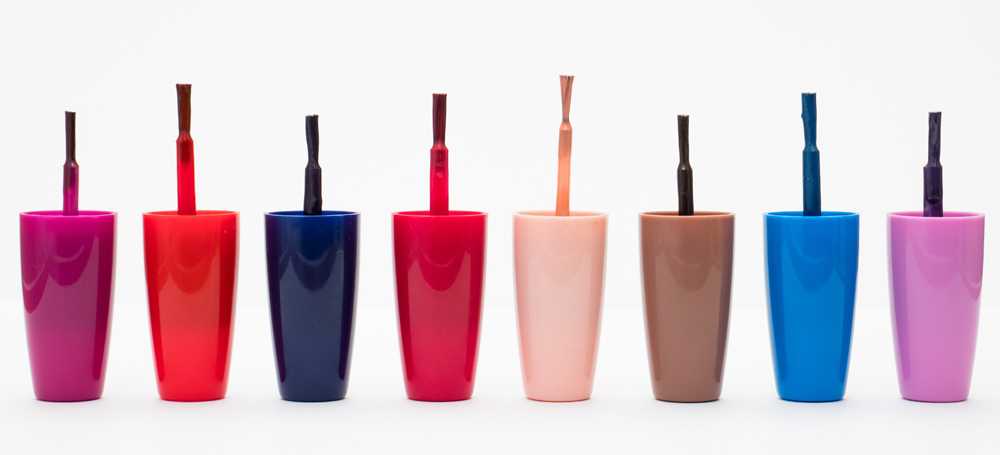
Some Of Our Favourite Nail Polish Names
“Bang On,” Butter London, teal blue-green
“Below the Belt,” Essie, white
“Bette” (as in Midler), Bio Sculpture, Biogel, slate grey
“Boys Be Thistle-ing At Me,” OPI, deep purple
“Cake Hole,” Butter London, bold pink
“Cop-per Feel,” Cheeky, copper
“Double-Fisted Fuchsia,” CHI (Ceramic Nail Lacquer), fuchsia
“Feathers & Flesh,” Smith & Cult, cappuccino
“Fruity Tooty,” Bio Sculpture, Biogel, orange red
“Jealous Boyfriend,” Sally Hansen, dark emerald green
“Jinky Pink,” Bio Sculpture, Biogel, bright bubblegum pink
“Jizz,” BleachBlack, silver
“Like a Virgin,” Deborah Lippman, white creme
“Pussy Galore,” OPI, shimmering baby pink
“Sashay My Way,” Orly, sparkly gold
“Show Us Your Tips,” OPI, violet blue
“Size Matters,” Essie, brown red
“Taupe-less Beach,” OPI, taupe
“Towel Boy Toy,” China Glaze, indigo blue
“Yank My Doodle,” OPI Fall burnt orange
ADRIANA ERMTER is a Toronto-based lifestyle-magazine pro who has travelled the globe writing about must-spritz fragrances, child poverty, beauty and grooming.

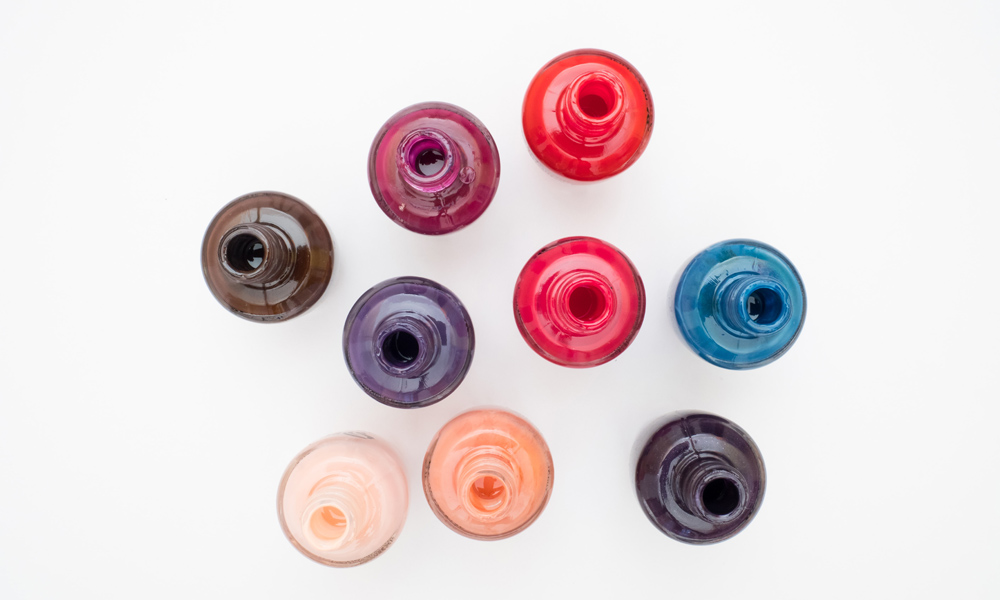

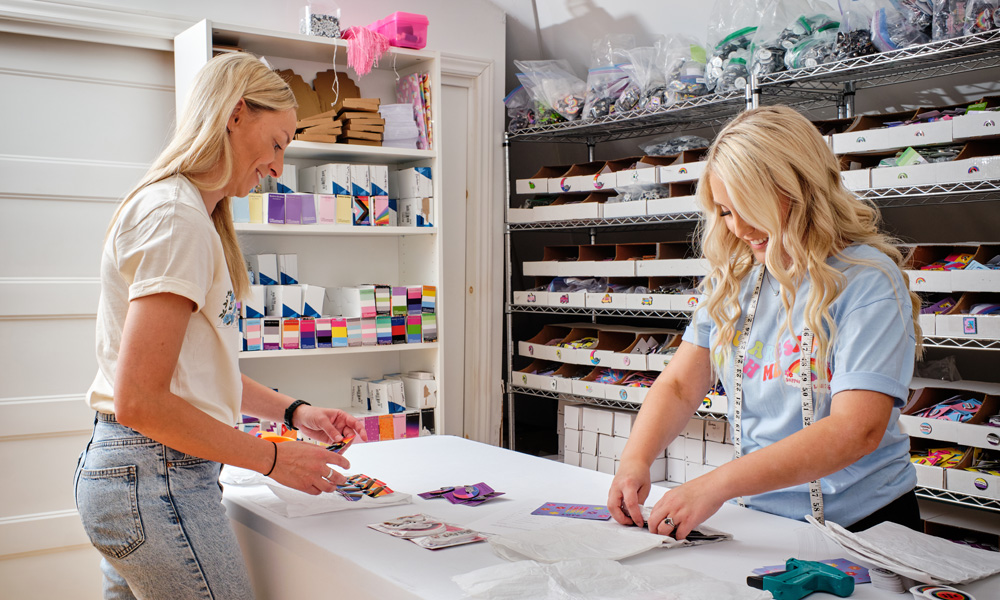
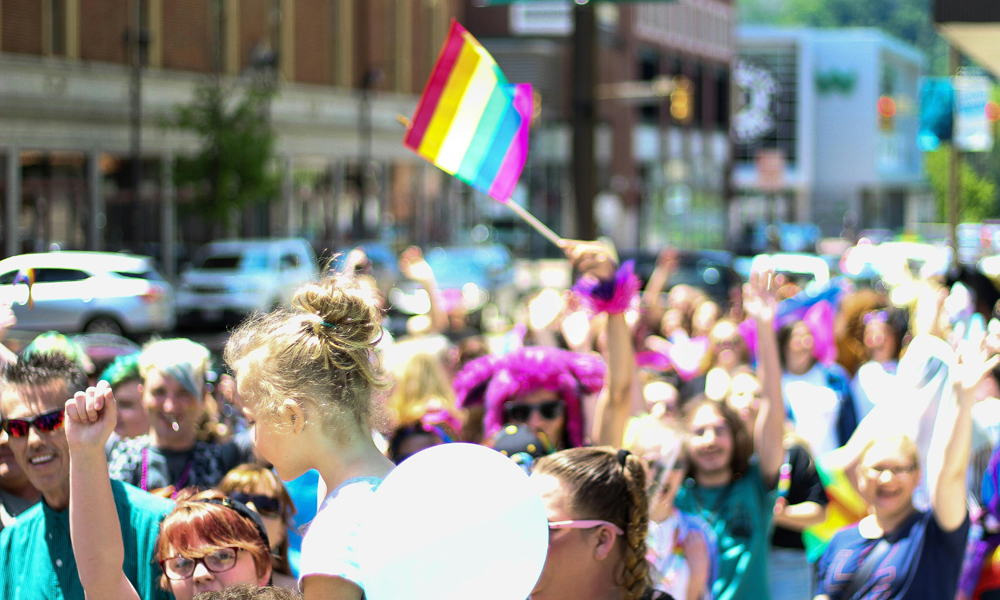
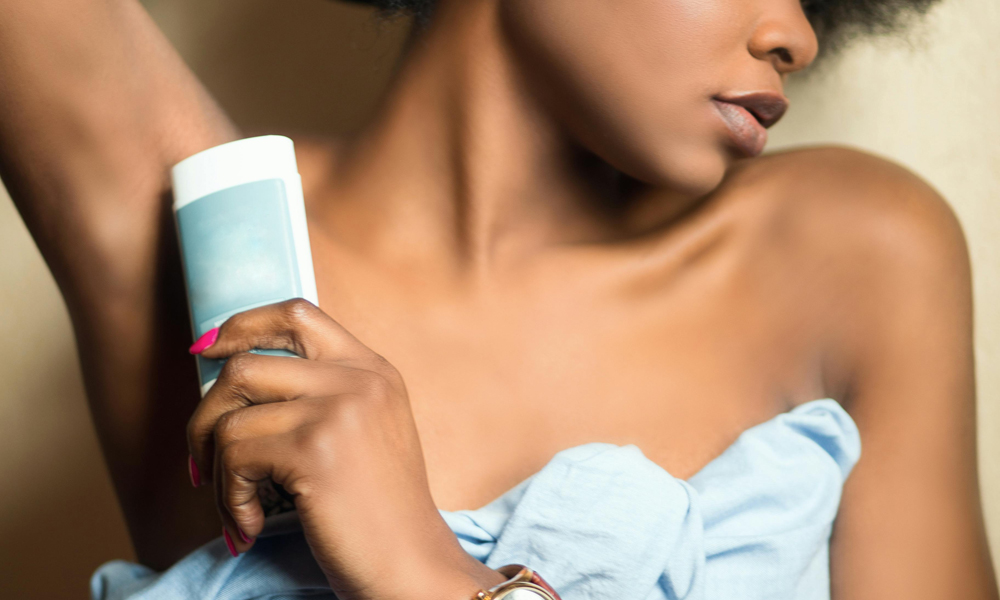
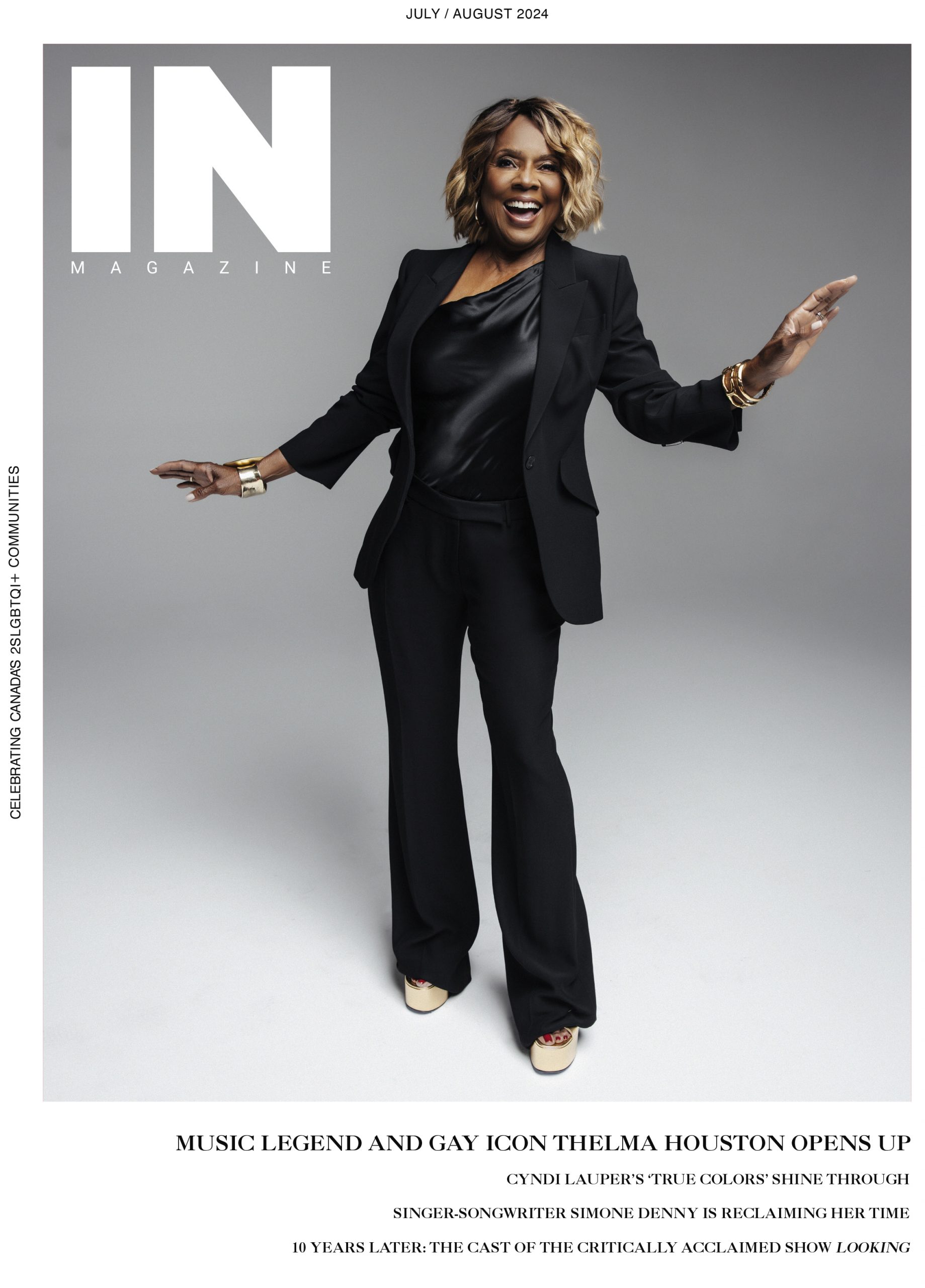
POST A COMMENT